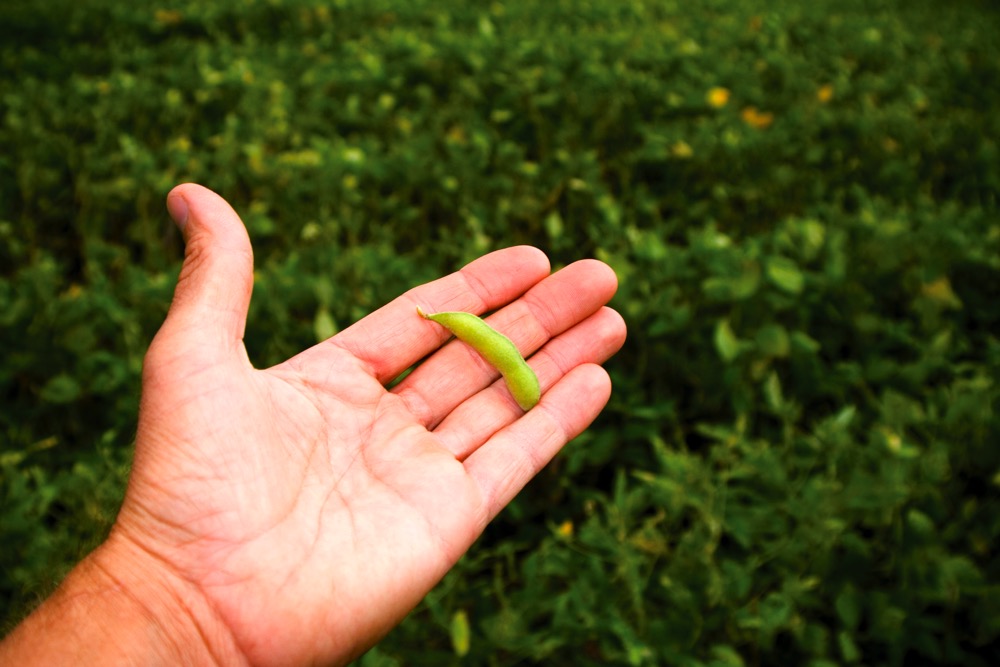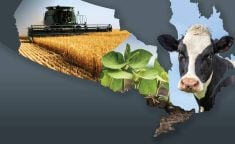Despite the hope that the U.S. and China would come to an agreement on trade that would end China’s retaliatory tariffs on agricultural imports from the U.S., nothing is on tap as we write this column.
In what appears to be an attempt by the administration to pressure the Chinese into a deal by announcing additional tariffs on Chinese goods, the Chinese did not blink. Instead they headed home.
Without a reopening of the Chinese market, we are likely to observe a continued downward pressure on soybean prices unless we see a large number of prevented-planting acres due to a wet spring.
Read Also

Farmer-friendly nematodes: Tiny worms for big canola pest control
Not all nematodes are equal in farm fields. Beneficial species of the tiny soil-dwelling worms could one day help beat back damaging canola insect pests like diamondback moth on the Canadian Prairies.
In recent years, we have seen the soybean-to-corn ratio in the 2.7:1 range, calling for increased soybean acreage. Today, that ratio is closer to 2.25:1, giving a preference for increased corn acres, not that corn is a profitable alternative.
With restricted access to Chinese markets, the tariffs the Chinese place on U.S. soybeans come directly out of the pockets of U.S. farmers unless the exports can be replaced elsewhere. The lament that we have heard all our lives is true: “farmers are price-takers not price-makers.” While lower prices due to the tariffs come directly out of the pockets of U.S. farmers, soybean producers elsewhere cash in on increased access to the Chinese market.
But that is not the end of the bad news. As Chinese trade negotiators returned home, the U.S. administration announced that it would impose tariffs on an additional US$200 billion of Chinese goods coming into the U.S. For the affected Chinese goods, these tariffs must be absorbed by the importing companies or be passed on to consumers in the form of higher prices.
Such tariff-based price increases are similar to the imposition of a federal sales tax on the affected products.
Certainly, the tariffs that the U.S. has imposed on Chinese goods have increased or will increase the price of goods with Chinese components used by farmers and all other consumers in the U.S.
U.S. soybean farmers get hit coming and going. They pay higher prices for purchased goods affected by tariffs imposed on China by the U.S. and receive lower prices for soybeans because of retaliatory tariffs imposed on U.S. soybeans by China: higher prices for what they buy; lower prices for what they sell.
This sounds a lot like a variation of the old coin-toss game of “heads, I win; tails, you lose,” with the Chinese calling the coin toss.
The current tariff fight has us shaking our heads. We have no idea of where the U.S. is going in this tariff war and we have even fewer ideas of how to get out of the mess.
But there are things that we do know, especially about the exports of grains and oilseeds.
Farmers need to put the export issue into context and remember that while exports are important, they don’t guarantee profitable prices for major-crop farmers. In fact, over the last 150 years, there have been only three times, totalling maybe 15 or so years, that exports have resulted in profitable prices for major crops in general: First World War, Second World War, and the mid-1970s. Sadly, periods of each of these ended with depressed prices. A look at the data would suggest that there are occasional years here and there where exports might have been the trigger for higher prices, but that is not much to hang your hat on.
Export growth of major crops does not consistently deliver profitability; exports are important, but they do not guarantee profitability. Like war-driven exports, the further processing of crops, the development of co-products, and the production of biofuels can bring about a relatively short spurt in higher prices, but ultimately farmers overproduce themselves into lower prices — unfortunately, for crop agriculture, high prices cure high prices.
Overproduction is a long-term characteristic of crop agriculture and when we forget that, trouble ensues.
What we need is a policy mechanism that delivers a fair price. And if we have that we can take the jolt of a tariff war without driving a large number of farmers to the edge of bankruptcy. The current farm policy ain’t it (so to speak).



















